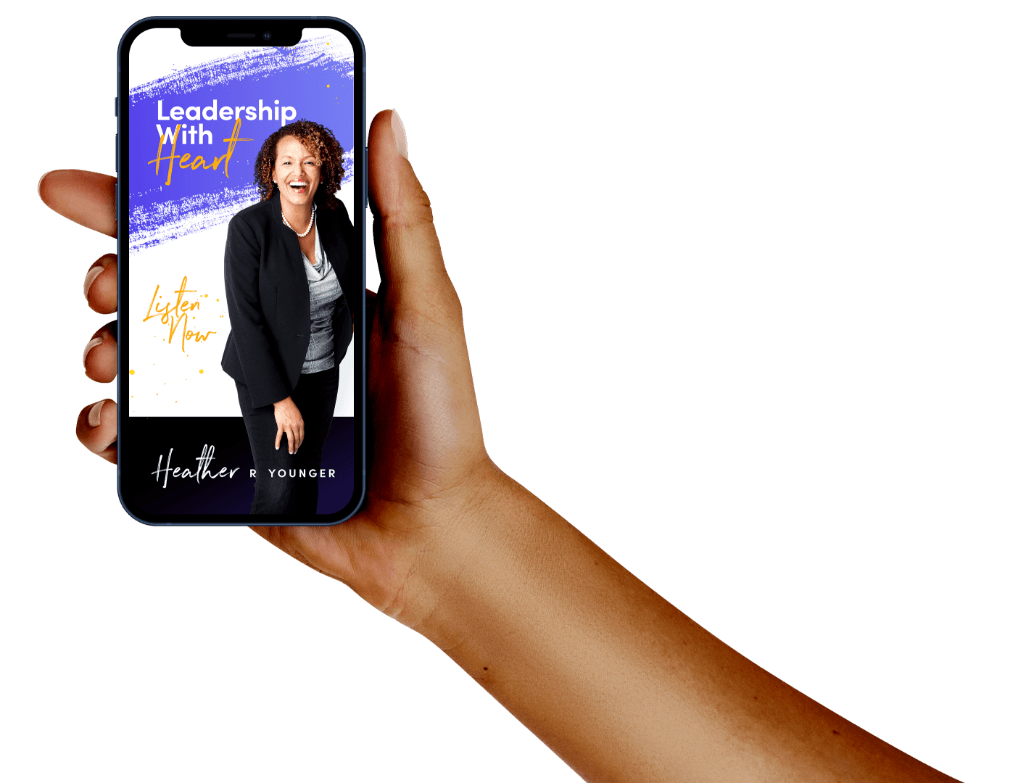Whether it was at the height of the pandemic or recently, if you’ve gone through the transition from an in-office environment to now working fully remote - your listening skills may feel like they’ve taken a big hit. Seeking to understand and listening (the right way) have proven to be strenuous battles as many leaders still search to find balance in the virtual realm. Even if you’ve been doing this for a while, it can still be quite an undertaking and may seem like you haven’t gotten it quite right. Where we once could only read the body language of others in face-to-face conversations, now has transitioned into utilizing platforms like Zoom or Microsoft Teams as our main form of virtual communication. Seeing our team members from the shoulders up has us relying on reading facial expressions, and for some, this can be an easy cover to hide behind.
Make the Effort, Make a Difference
When you’re recognized as a good listener, each member of your team will trust and respect you more. By listening deeply, you can help cut through the noise and hone in on key issues that need immediate resolution. Making the effort to become a more active listener helps your people feel that their voices are being heard, and their ideas are making a difference. They feel more respected, valued, and inspired to achieve even higher levels of performance.
Here are three key behaviors to help you maximize your listening skills in the virtual/hybrid world.
Recognizing the Unsaid
First and foremost, you must begin to recognize the unsaid. This is a lot harder when all of our communications must be mediated by technology of one kind or another. Leaders have to be exceptionally curious, constantly out to detect unspoken feelings or issues that lay under the surface. If people aren’t speaking up in team meetings, find out why, by either involving the whole team in the conversation or privately, if it’s just one or two people who are reticent. You’ll need to be proactive about identifying, surfacing, and addressing issues, given the few opportunities you’ll have for unplanned conversations.
You might even consider establishing a cadence at the beginning of your meetings to have each person go around and share something that has them excited and something that has them troubled. In the beginning, your people might share less, but over time, especially when you share too, they will open up, which helps you truly understand them.
Practice Empathy & Be Present
When you are listening and recognizing another person’s emotions, you should also be tuning in to how you are feeling, as well. In order to comprehend the emotions of others, you have to understand your own emotions. Empathetic people have emotional intelligence, which is defined as “the ability to understand your emotions and those of other people and to behave appropriately in different situations.” When you understand your emotions, you come to the conversation with a sense of clarity and perspective. This can help you to have an open mind, avoid assumptions, and identify commonalities. To increase your empathy, allow yourself to be fully present. Allow yourself to feel a little outside your comfort zone.
Remain Open-Minded
Some leaders tend to approach situations with preconceived notions. There’s a part of human nature that makes us feel more comfortable and in control. We sense that we’re better prepared for situations this way. These notions, assumptions, or biases will make it difficult for you to listen on a deeper level and see each member of your team accurately. Instead, you may see the person how you want to see them, not how they actually are. Leaders who have empathy enter into discussions with an open mind. So allow yourself to be surprised about what you hear, learn, and find.
Caring leadership is exactly that - caring about those you lead. Lead with presence, listen with intention, ask questions, and be open to expressing emotions and mindfulness. Lend not only a helping hand to your team, but lend your ear. The benefits will be everlasting.







Heather,
Thank you for this. Effective listening continues to be a necessary skill – we just have to be more mindful and adjust the way we listen. ♥️
I couldn’t agree more! #ListeningIsKey